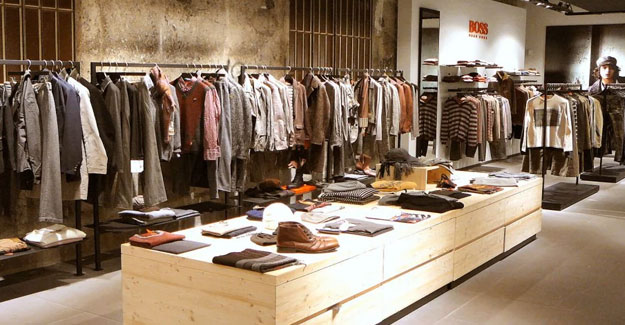
What Happens To The Unsold Fashion Merchandise?
We are now three weeks into the COVID-19 pandemic. Major stores are laying off employees for the duration-however long it may be. Retailers that have closed most stores, have merchandise hanging on the rack for the past three weeks - it's aging, losing value and creating problems as more merchandise is piling up in warehouses to be sold after Easter. Sure, the internet is a strong force now, and some fashion merchandise will sell through e-commerce. But online sales aren't enough to make up for all the lost business in closed store doors. It is even more challenging because this is the time of year when we are normally transitioning into a different fashion season. After Easter (April 14), stores will try to sell lighthearted (and lightweight) summer merchandise. Much of the merchandise that was on the shelves and racks when stores closed is worth less than 50% of its original value and soon will drop to 10% of its original value. If stores remain closed into summer, that summer merchandise will age as well. It will bring us closer to the fall season when back-to-school fashions and back-to-school needs become top priorities. This is a serious financial problem. Most merchants have bought much of apparel merchandise for women, men and children for the fall season. Some retailers are frantically trying to cancel orders. On top of that, many have already tapped their credit lines in order to pay rent and pay for merchandise they are receiving in this period when their doors are closed. Maybe that is why many of the Dillard's stores are still open, and only those where a local edict mandates it are closed. Companies like Macy's, JCPenney, Kohl's and others are likely to re-consolidate the fashion merchandise from their many branch stores and then offer the merchandise at low prices to off-price companies like Burlington, TJX, Ross Stores, B.J. Wholesale, Costco, and Sam's Club who will pack the fashion goods away and offer them next year, at the right moment, to their customers. Liquidators like Gordon Bros., Hilco, Great American, and SB360 (Schottenstein Capital) might also be contacted for some bulk purchases. The disposal of the merchandise will be tough, because every retailer will be trying to get rid of fashion goods long after the season has moved on. Sometimes, stores dump merchandise in outlets in South America, but that is unlikely to be a way to go. Marking down merchandise during a regular season allows stores to stay liquid, flow in fresh new looks, and continue in business. The three most profitable months for retailers are still ahead-in the fourth quarter, which includes the selling period between Thanksgiving and Christmas. While the rest of the fiscal year is marginally profitable for most except toy retailers, the final quarter is the key to financial success. But the magnitude of these current problems put even more pressure on that time period. Most retailers are hoping that their doors will be open and business back on track by the fourth quarter.
Textile Excellence
If you wish to Subscribe to Textile Excellence Print Edition, kindly fill in the below form and we shall get back to you with details.








